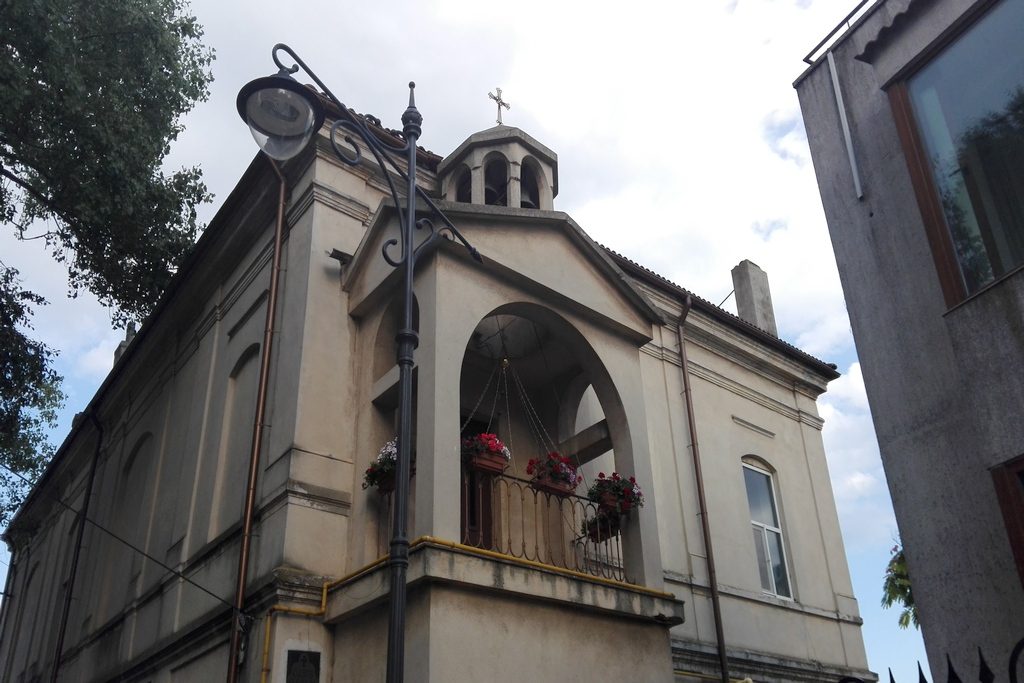

The ARMENIAN CHURCH in Constanta bears the patronage of “SAINT MARY” and located on the sea shore, close to the Greek Church more specifically, at Callatis. Less known, the Armenian Church embodies the existence of the Armenian people on Dobrogea lands and it is a a spot of color on the Constanta multiculturalism map. The first Armenians arrived here in Dobrogea of XVth century, settling in Babadag, an Ottoman administration center, who then ruled the land between the sea and the Danube. The Armenians arrived much later in Constanta, and according to historical notes, in 1740 they would have erected a wooden church near the seafront.
The current Armenian Church operates in a building erected in 1880 and which worked as a school for the children of the Armenian community. In 1940 the ball room located on the first floor of the school was transformed into a place of worship, and this after the wooden church community was destroyed by a fire. Due to the lack of students, the school was closed in 1948, and the Church took over the entire building.
The Armenian Church is a traditional and orthodox Apostolic like the Romanian one, there are slight differences regarding some celebration of religious holidays. Generally, the Armenian Church looks like Orthodox Romanian in terms of architecture, ship or – cross-shaped and composed of nave, narthex and altar. Taking into account that the Armenian Church from Constanta was arranged in a former school, its architecture is different against traditional places of worship. The inside wall of the church are not painted but are covered with large icons. The place for worship was renovated between 1990-1991 and 1998-2002 when improvements were made to the interior, roof and exterior plaster. The architectural changes have led to some large arcade, an open altar and an Armenian typical bell located inside the building.
It should be noted that currently the service in this church are held in classical Armenian language, a language that most believers do not understand. There are exceptional circumstances, such as mixed marriages, when the officiating takes place in Romanian language.
Simplicity and good taste combines harmoniously with specific elements of medieval Armenian art, giving you the feeling that you’re in an Armenian monastery. On the walls you can notice the presence of large icons.
